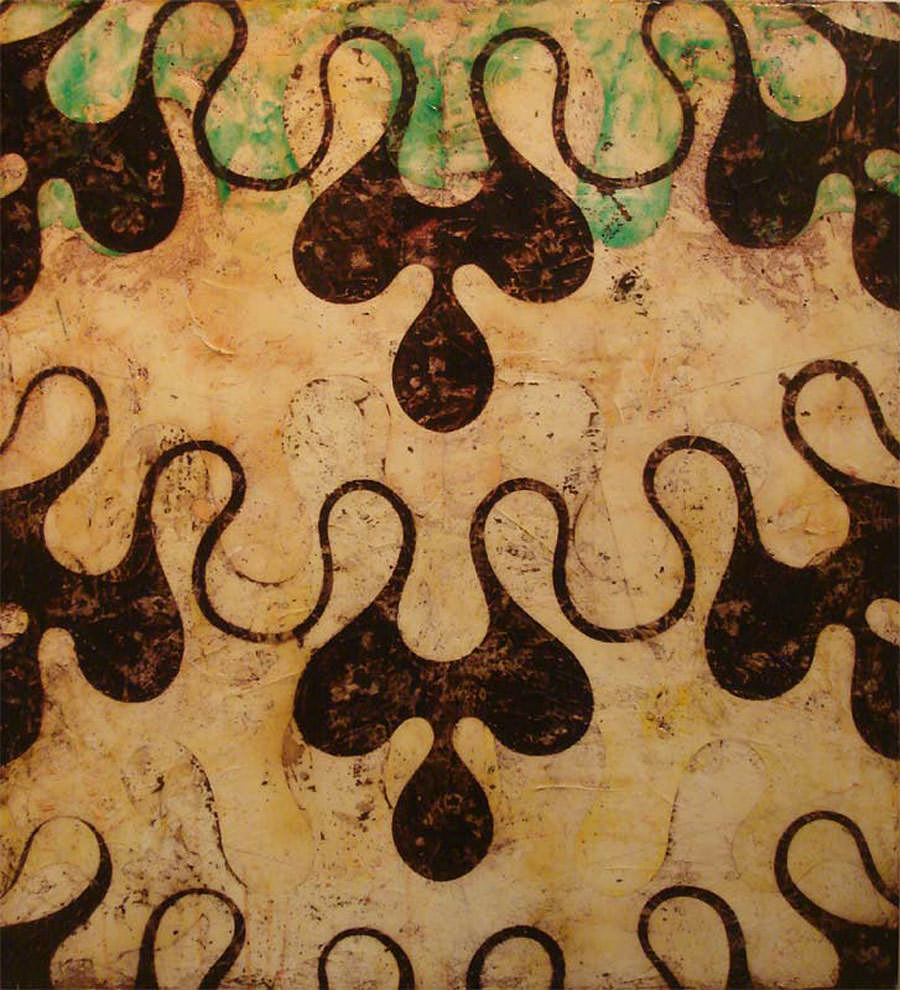

Barter et al., American Modernism at the Art Institute of Chicago, From World War I to 1955 (Chicago: Art Institute of Chicago/Yale University Press, 2009), cat. Daniel Schulman, “The Wedding,” Art Institute of Chicago Museum Studies 29, 2 (2003): 76–77 (color ills.).Over the Line: The Art and Life of Jacob Lawrence, (Seattle: University of Washington Press/Jacob and Gwendolyn Lawrence Foundation, 2000), ill., 323.

Edelstein (Chicago: Art Institute of Chicago, 1996), 96, ill. Art Institute of Chicago, The Art Institute of Chicago: Twentieth–Century Painting and Sculpture, selected by James N.Ellen Harkins Wheat, Jacob Lawrence, American Painter (Seattle: University of Washington Press/Seattle Art Museum, 1986), 75, pl.Margaret Breuning, “Carnegie Presents Last and Best Alt American Annual,” Art Digest 24, 2 (Oct 15, 1949): 7–9.“Art Questions and Answers,” Time 53 (April 11, 1949): 57, ill.Pick Reference Number 1993.258 Copyright © 2018 The Jacob and Gwendolyn Lawrence Foundation, Seattle / Artists Rights Society (ARS), New York Extended information about this artwork Hines in memory of her mother, Frances W. Status On View, Gallery 263 Department Arts of the Americas Artist Jacob Lawrence Title The Wedding Place United States (Object made in) Date 1948 Medium Egg tempera on hardboard Inscriptions 78.7 x 88.9 cm (31 x 35 in.) Dimensions 50.8 × 61 cm (20 × 24 in.) Credit Line Purchased with funds provided by Mary P.
Ipaint seattle series#
Lawrence depicted the histories and events of black Americans-whether through individual compositions such as The Wedding that commemorated the everyday activities of his fellow Harlem residents, or through series of paintings that explored subjects ranging from the Great Migration to the story of Harriet Tubman. The large, colorful urns overflowing with flowers signify happiness and may also represent the future prosperity of this union.

Although the preacher’s face is only partially defined, he appears to look down with great seriousness as the two contemplate their vows. Positioning the figures with their backs to the viewer, Lawrence’s composition invites us to participate in the couple’s major life event. In The Wedding, Lawrence depicted both the solemnity and the joy of a marriage ceremony and the coming together of families. “I paint the things I have experienced,” Jacob Lawrence once said.


 0 kommentar(er)
0 kommentar(er)
